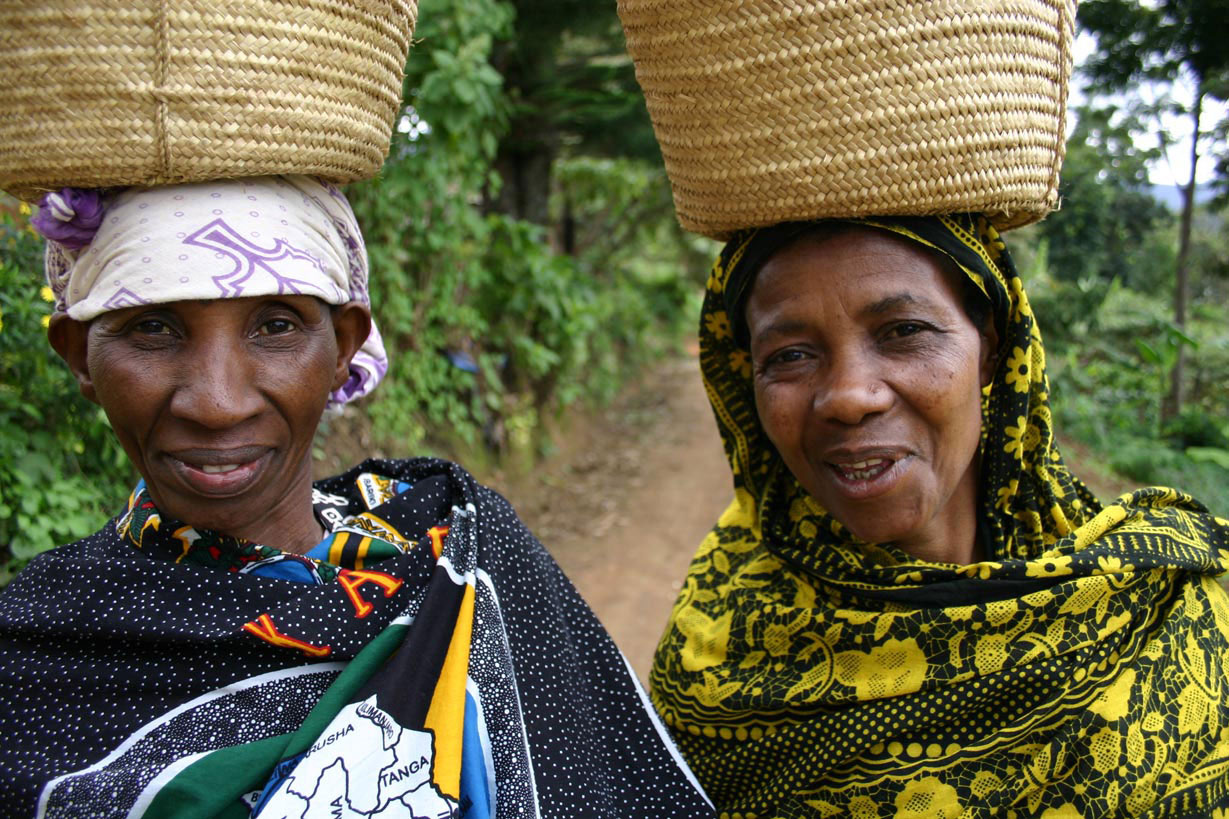
When is the Best Time to Visit Tanzania
When is the Best Time to Visit Tanzania?

If you have enough spending money and time, I highly recommend visiting both Kenya and Tanzania.
As two of the world’s most iconic safari destinations, both Kenya and Tanzania are home to an abundance of wildlife. While the countries share similar climates, wildlife species, and vegetation; there are notable differences that may help you decide where you want to travel most.
Below is a handy spreadsheet outlining some of Tanzania and Kenya’s key similarities and differences.
Both countries share a common border and a coastline on the Indian Ocean with breathtaking holiday destinations like Chale Island and Zanzibar.
Both countries are popular tourist destinations for safaris.
Both countries boast diverse wildlife populations and ecosystems.
You can view the Great Wildebeest Migration in both countries.
Best Rates and Off-Season Perks
For the ultimate in affordable and thrilling safaris through Tanzania and Kenya, I recommend travelling there during the wet Season (November-May).
During this time, the dry landscapes of Tanzania and Kenya are transformed into a lush, green wonderland. Temperatures increase during this period and usually range between 24°C/75°F and 27°C/81°F, reaching highs of 30°C/86°F along the coast.
There are three types of rainy periods in this season:
- Short rains – November and December
- Long rains – March and April
- A Shoulder season – January and February
Short rains (November-December)
Afternoon thunderstorms are often expected to take place, but safaris are unlikely to be impacted. For this reason, the short rainy season is still considered an excellent time to plan a trip to Tanzania or Kenya.
The first two weeks of December are considered a highly underrated time to visit. With many travellers flying to East Africa for the festive season, the lower demand over early December can result in good deals and special off-peak rates.
The landscape will be spectacularly lush after the November rains and safaris can be planned around the usual afternoon showers.
Long rains (March-April)
The long rains usher in the peak of the wet season. While it may still be a good time to visit Tanzania or Kenya, your trip will be impacted by the amount of rain and the type of conditions the area receives that year. Tourists who find hot, humid conditions unpleasant should preferably avoid this season.
If you’re up for an adventure, there are major advantages of travelling here during this time. Prices are reduced dramatically and with crowds being dispersed – you’ll have thrilling wildlife sightings all to yourself.
Shoulder Season – Between the Rainy Seasons (January-February)
The start of the year is often a time that is overlooked by many people planning a trip to East Africa. A dry spell usually takes place during this time between the end of the short rains and the start of the long rains.
The green savannah and fewer visitors make this an excellent time to avoid the crowds. Generally considered to be the ‘shoulder season’, festive season rates drop and the wildebeest calving season is about to begin in the Serengeti National Park. For this reason, many seasoned safari-goers rate the shoulder season as the best time to plan a trip to Tanzania or Kenya.
The Great Wildebeest Migration in Tanzania and Kenya
For most travellers, the best time to visit the Serengeti in Tanzania or Masai Mara in Kenya revolves heavily around the movement of the wildebeest migration.
Understanding the pattern of the Wildebeest Migration will help you choose the best time of year to visit the Serengeti. In general, the migration tends to be in the Southern Serengeti for the calving season from February to mid-March.
The best months to see the migration are from June-September as scores of Serengeti animals concentrate around watering holes and rivers.
Calving Season – Late January-February
As the migration slows down, this period not only offers a chance to witness the wildebeest drop their young but also brings with it an unprecedented opportunity for predator sightings. With the lurking big cats looking to strike when the herds are most vulnerable.
Generally, April-May is regarded as the low season when conditions are least favorable for wildlife viewing.
River Crossing – June-August and September
From June-July, it’s easier to spot the herds in the park’s Western Corridor, as they gather near the Grumeti River. From August-September, the grazers move into the Northern Serengeti and Kenya’s Masai Mara National Reserve.
During this season you have the chance of witnessing the famous river crossings across the crocodile-infested Grumeti River from June-July. As well as the crossing of the Mara River from August-September as they enter Kenya. The sweeping herds then head back down to the Southern Serengeti, and the cycle starts again.
See our ultimate guide to the best time to visit the Serengeti.
